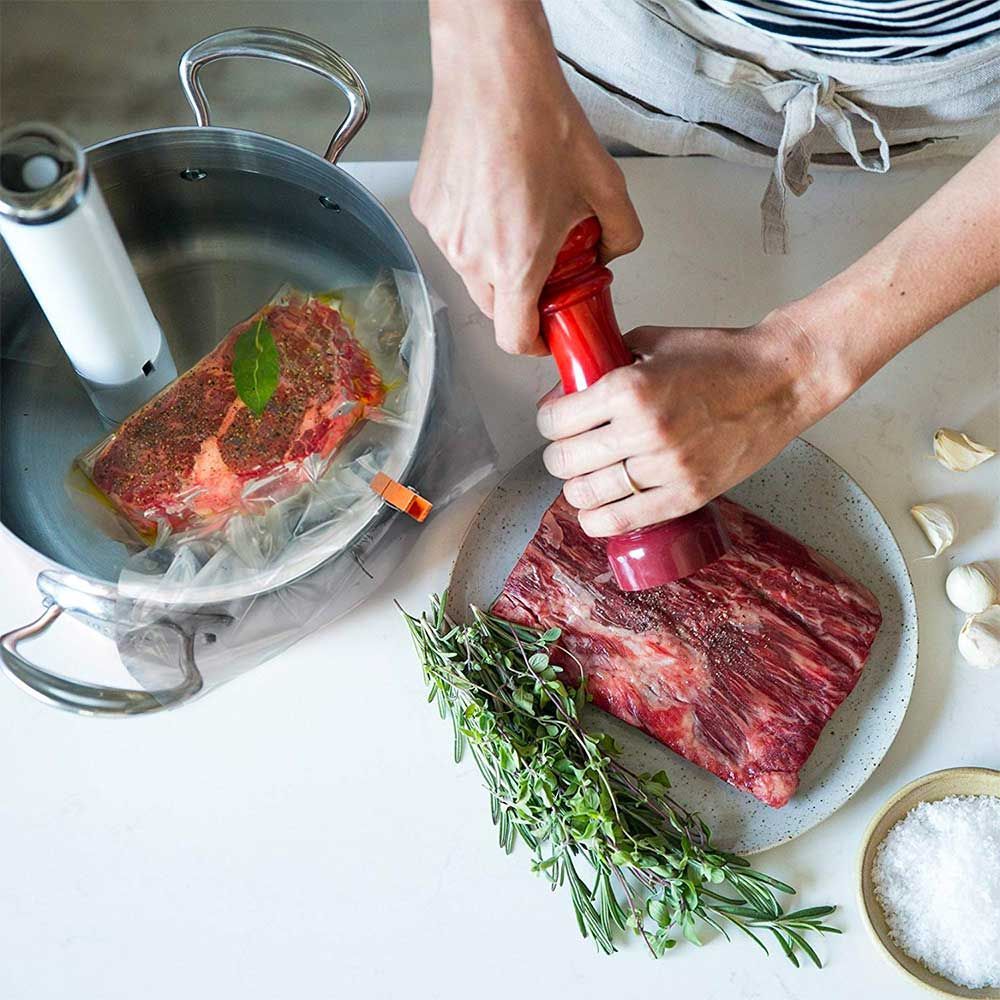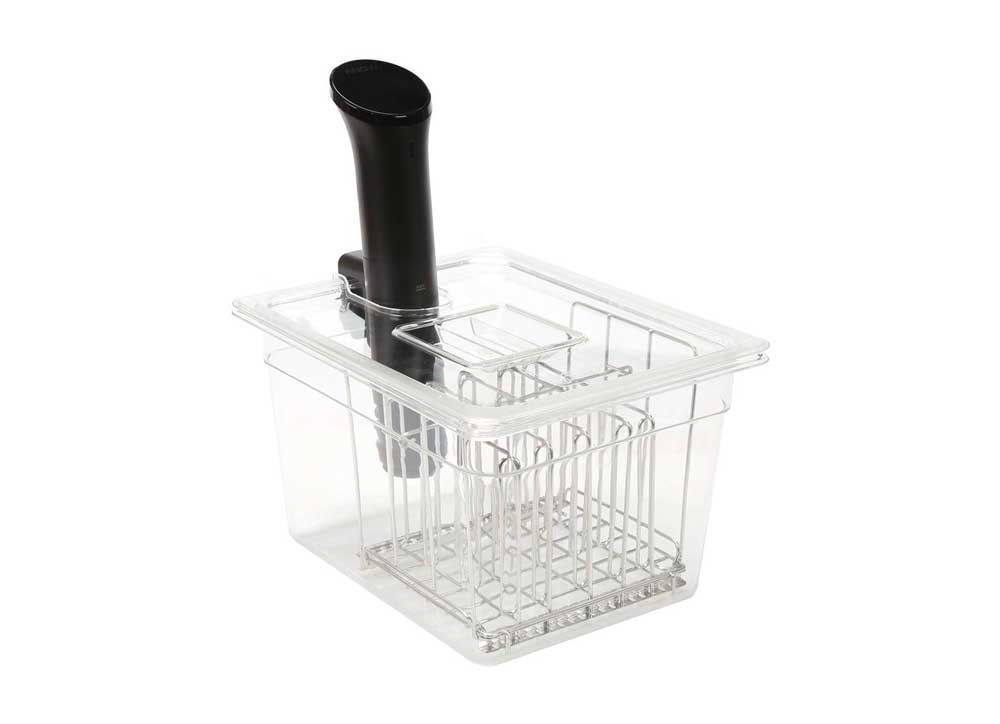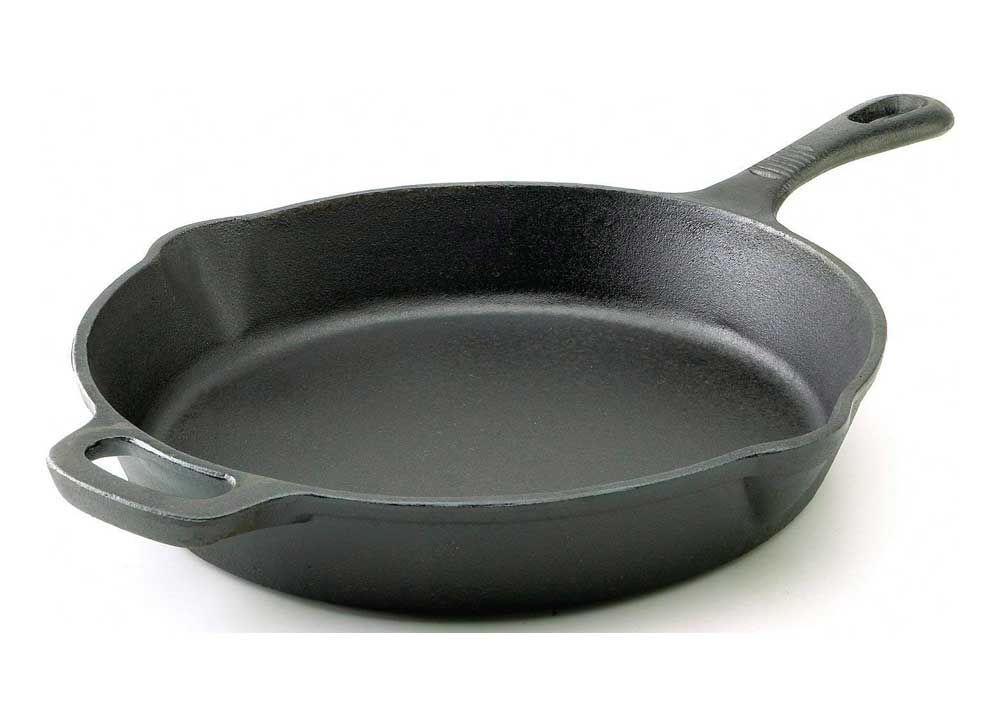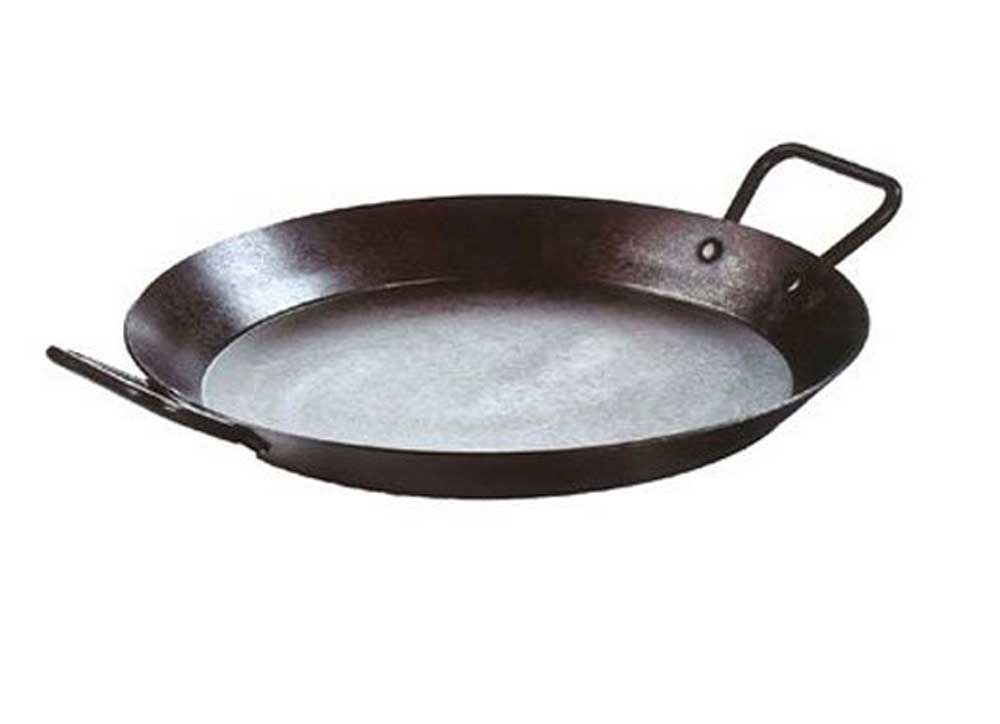Our recommendations are made independently. We may receive commissions from purchases made via our links.
How Long to Sous Vide a Steak – Time and Temperature Charts
How long to sous vide a steak? We give the short and long answer. Your sous vide steak might taste great, but it could taste even better!
With traditional styles of cooking, time and temperature are two equally important parameters. With sous vide cooking, some people claim that cooking time is not so crucial, because you cannot overcook your steak. Partly, this is true. But, if you really want a meat that is tender, juicy, and not too soft, how long to sous vide a steak will define the difference between good and amazing.

Cooking Sous Vide Steak: What is Important
If you want to get it right, and cook the perfect sous vide steak every time, focus on key parameters in their order of importance:
- Type of steak
- Seasoning
- Temperature range to level of doneness
- Placement of bags in the water bath
- Time range to meat texture
- Searing technique
If you don’t have a sous vide immersion circulator, you might want to have a look at which is the best sous vide machine to buy, so you can actually see and taste the results for yourself. And sous vide makes the best homemade steak you’ll ever taste.
The Short Answer to How Long to Sous Vide a Steak
The best kind of steak for sous vide cooking is prime or choice grade. The optimal thickness of your steak should be one and a half inches thick, or up to two. For medium rare, set your bath temperature between 129‒135 ℉ / 54‒57 ℃, although the most preferred temperature is 130℉. And for the best results, sous vide your steak for two to three hours.
- Prime or choice grade steak – 1 ½ inches thick
- Season well to your liking
- Cook at 130 ℉
- Cook for 2‒3 hours
- Sear to perfection
So, while your steak is cooking in your sous vide water bath for the next two hours at least, here’s the long answer:
Time Frames for How Long to Sous Vide a Steak
If you cook your sous vide steak at 130 ℉, and even if you cook it for 24 hours, the steak will still be, and look, medium rare when you cut through. That said, how long you cook a sous vide steak will determine the texture, feel and flavor of the meat.
Some people might prefer a slice of steak that melts in their mouth, other people want a little something more to chew on, and that’s where time makes a big difference:
- Temperature determines doneness.
- Time determines texture, feel and flavor.

Here is what you can expect from how long you cook a sous vide steak:
- 24 hrs: Good flavor, but extremely tender, the meat comes apart easily and there’s very little or no chewy texture. A great steak if you wear dentures.
- 12 hrs: Tender, but not too soft. The taste is quite rounded and balanced. Overall not bad, but it’s a long time to wait for a steak.
- 6 hrs: Tender and soft, with quite a rich flavor from the seasoning and the beefiness of the meat.
- 4 hrs: Tender and somewhat succulent, with a soft to melting texture rather than chewy. There’s a good flavor from the spices or seasoning. For most people, 4 hrs is the upper threshold of a steak they’d like to eat.
- 2 hrs: Tender and quite succulent, with the chewiness of a typical steak and a nice hint of seasoning. Two hours is probably the most common, default time to sous vide an average steak.
- Less than 2 hrs: The meat is tender, but somewhat chewy because muscle fiber has not broken down sufficiently. Not so great for fatty meats or tough cuts.
The perfect time to sous vide a steak really depends on your own personal tastes. As you sous vide for longer, fibers break down more, the texture softens, and seasoning penetrates the tissue more.
The takeaway is:
- With two to three hours, you really can’t go wrong for a tender, succulent and juicy steak.
- If you want your steak to melt more in your mouth, and to get more from the seasoning, then go for somewhere between four to six hours.
Temperatures Ranges From Rare To Well Done
Like any other style of cooking for meat, there is a minimum temperature and time that is important to kill off any microbes. For sous vide cooking, if you choose an extra rare temperature from 120 ℉ to 129 ℉, make sure you cook your steak for at least one and a half hours to two hours. It’s better to use tenderloin, or cuts of meat less than an inch thick for extra rare to rare cooking.
For extra rare, it’s important to take your steak out as soon as possible, at least within a 2 hour window because microbes can still develop in the vacuum pack.
Here is a standard guide to cooking times for prime quality steaks, at least an inch and a half thick, that is often recommended by ‘sous viders’ and sous vide manuals.
Sous vide steak time temperature chart:
Cook | Temperature | Time |
|---|---|---|
Rare | 120 -129 ℉ / 49 - 54 ℃ | 2‒3 hrs |
Medium rare | 129 -135 ℉ / 54 - 57 ℃ | 2‒3 hrs |
Medium | 135 -145 ℉ / 57 - 62 ℃ | 2‒3 hrs |
Well done | Don’t do this to sous vide! | 2‒3 hrs |
Types of Steak
Regardless of how thick or thin your steak is, it’s going to have the same consistent doneness throughout. Thicker steaks need a longer time to get the entire slab of meat to an equal temperature, and the faster you can do this, the better.
Fattier steaks like strip and ribeye need to be cooked at a temperature a few degrees higher than leaner steaks like tenderloin. The reason being fat provides natural insulation.
So, a ribeye cut should cook at 130 ℉ for medium rare, while a tenderloin should cook at about 127 ℉. Tenderloins can be taken out even after 45 min or up to 2 hours, but if you cook below 129 ℉, you need at least one and a half to two hours for food safety reasons. Thinner cuts of meat can also be cooked for a shorter time, and tough cuts of meat should be cooked for longer to soften the muscle fibers more.
Seasoning
Sprinkle your steaks liberally with salt and other seasoning. You might be wondering what kind of salt, but you will need to experiment for yourself. A lot of people feel fine grain salt gets a better taste than coarse salt. Variety is the spice of life, so you might want to try smoked salt for some extra zippy flavorᡑ—but there’s a lot of choice out there. Other people like to add a blend of salt, pepper and garlic powder and a sprig of thyme or rosemary, or a garlic clove thrown into the bag goes down well too.
Correct Placement of Bags
Some sous vide circulators will heat up water faster than others, but most do a good job with maintaining an even enough temperature—as long as you keep to the ideal container size for your device. However, to ensure that your steaks will cook to the same evenness with the same texture, don’t clump your bags up or let them float to the top. The best is to use proper sous vide racks, or get a proper container set for your machine type.


How to Sear a Sous Vide Steak: Tips and Techniques
Your sous vide steak isn’t perfect until it gets a first class seering. Searing is where the thickness of a sous vide steak is important. When you come to sear your steak, essentially it’s already cooked. So, if you sear for too long, you’re going to lose that perfectly even doneness throughout. This is why thicker steaks are better for sous vide than thinner ones.
If you like thin cuts of steak, and still want a good medium rare after searing, then cook at a slightly lower temperature than you would with a thicker steak.
Here are some basic tips for good sous vide searing:
Dry your steak thoroughly on absorbent paper towels and pat down all sides gently. Surface moisture is the enemy of searing.
You want to sear as hard and fast as you can. The way to do this is to have a good searing pan and a searing torch. Some people like a 12 inch cast iron fry pan, but if you need something roomier, a 15 inch two handled skillet pan is a nice choice. For searing torches, you can try something basic, or you can go with the more professional style large headed broiler.


A lot of sous viders will sear their steaks on both sides with a searing torch. Some feel that this imparts too much of a gassy flavor to the meat. To get the best of both worlds, and to sear your steaks as fast as possible, sear in a pan AND with a searing torch at the same time.
With pan-searing you can just use oil, or you can add additional flavor and browning using the butter basting technique. Add a couple of tablespoons of butter to the hot oil and occasionally scoop up and baste the butter over the steak. Some people may also add some herb sprigs too.
When the pan oil is smoking, put in your steak and start searing. Use the searing torch to do the top at the same time. Flip the steak over with thongs every 15 seconds or so until you have the browning and crusting you love. You can also lift up the steak and sear around the edges too.

